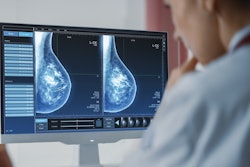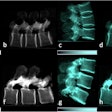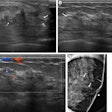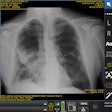More in Home
Dark-field x-ray detects bone changes related to osteoporosis
November 5, 2024
Radiology responds to devastating floods in Spain
November 6, 2024
Tributes pour in for CT pioneer Willi Kalender
November 6, 2024
Chest x-ray AI shines in ‘real-world’ setting
November 4, 2024
SPECT/CT predicts treatment response in Pluvicto patients
November 1, 2024
FCH-PET emerging in patients with hyperparathyroidism
October 31, 2024

























